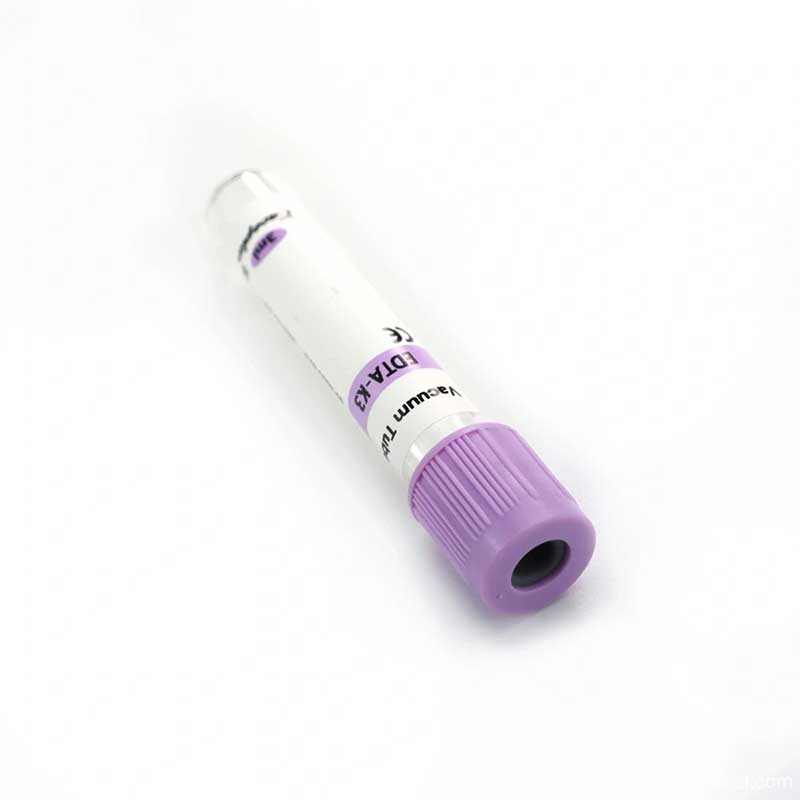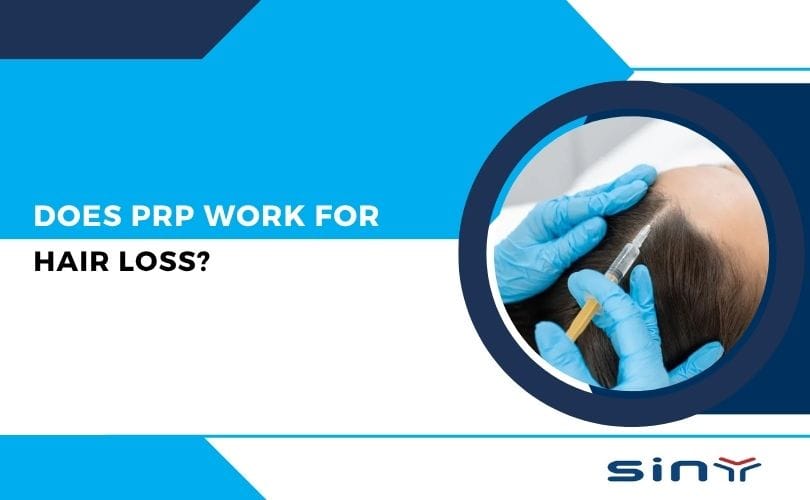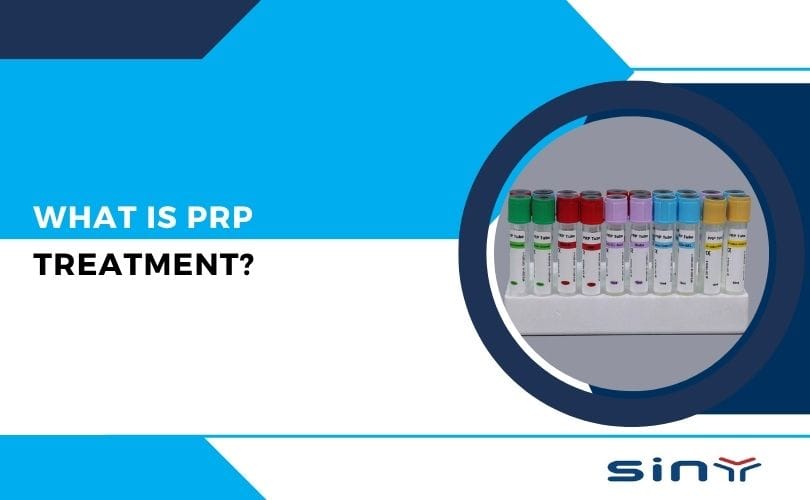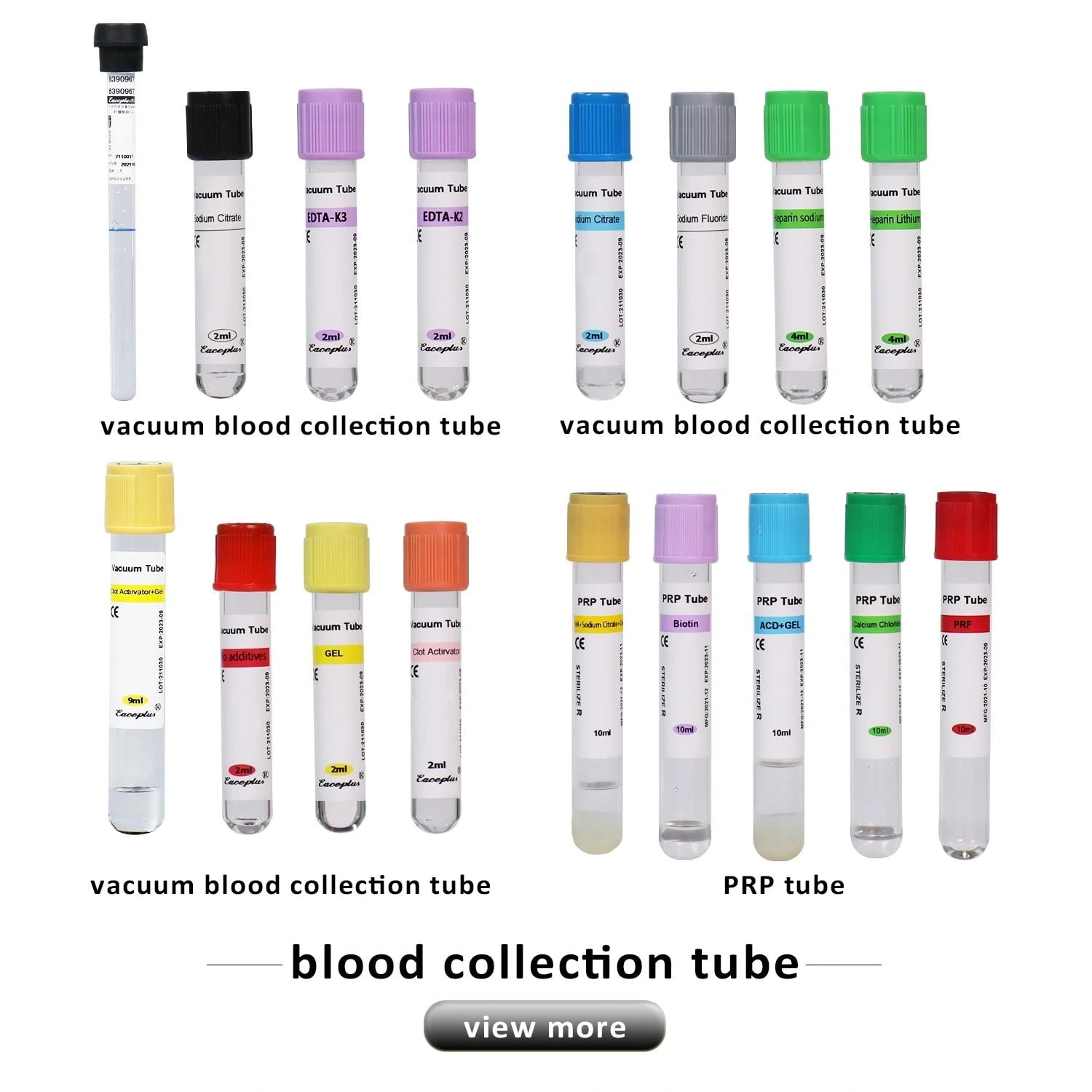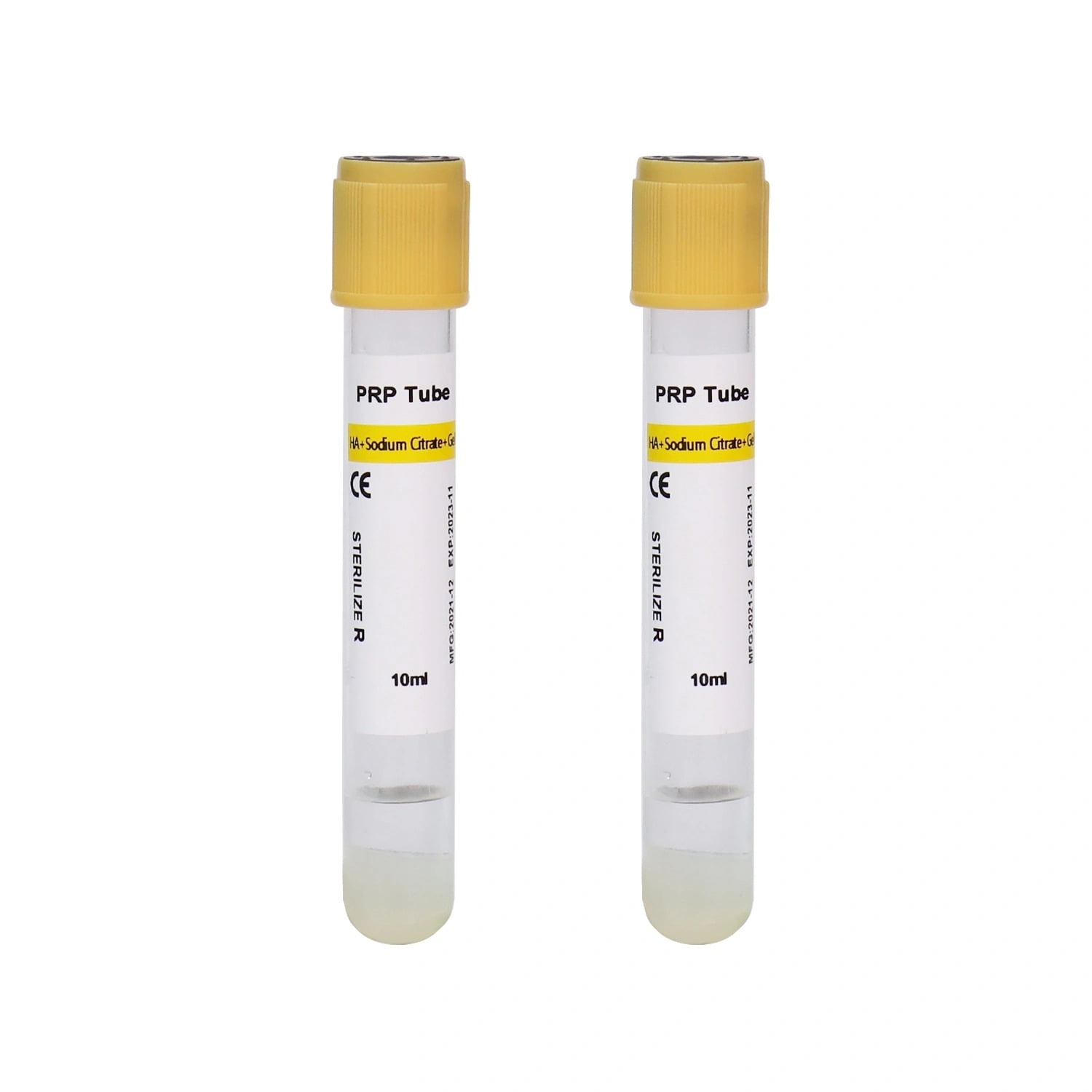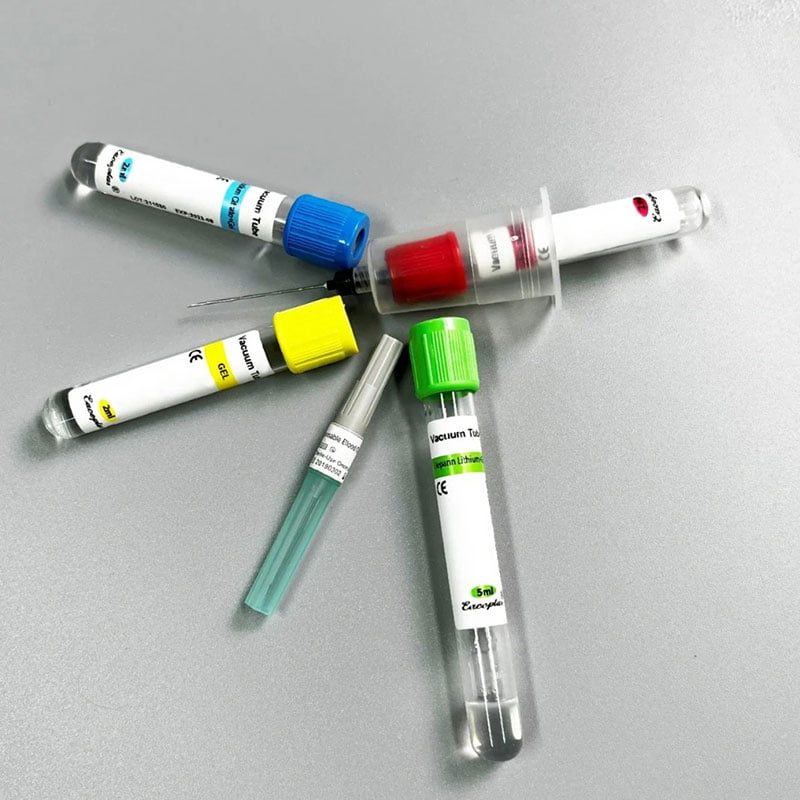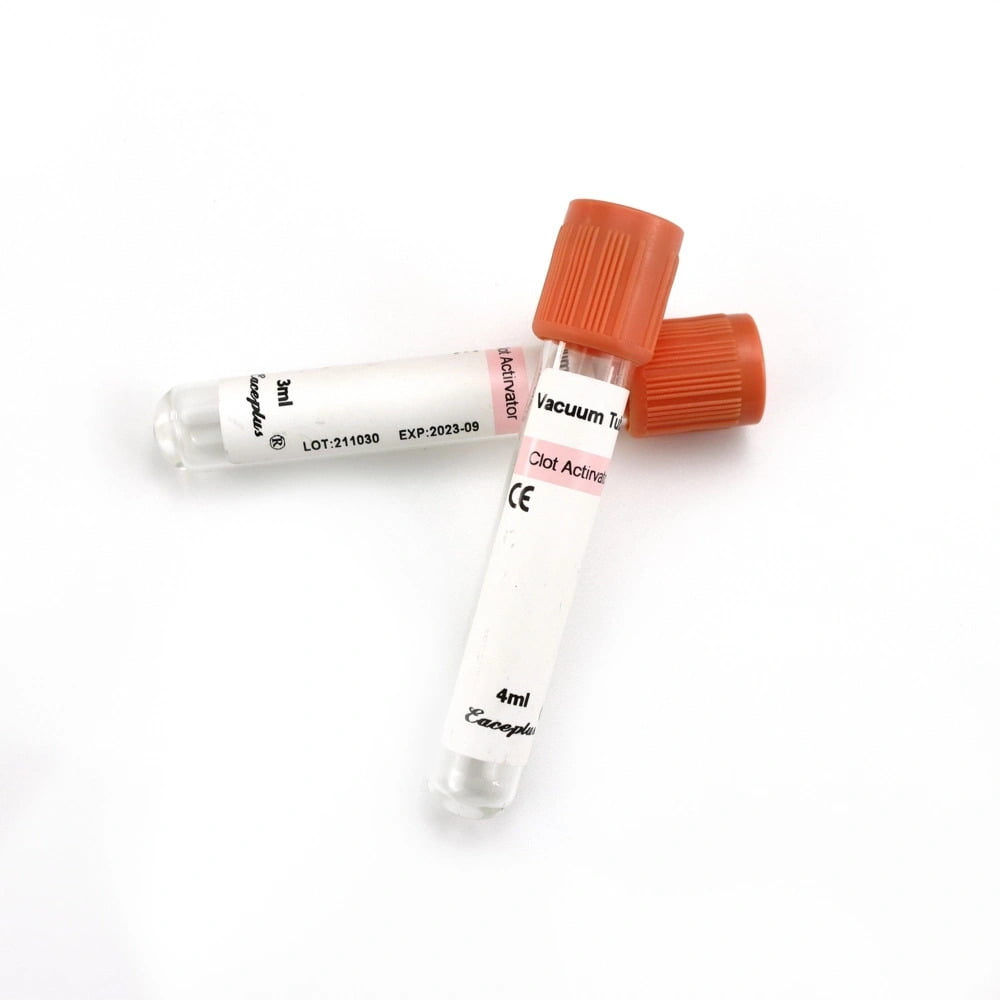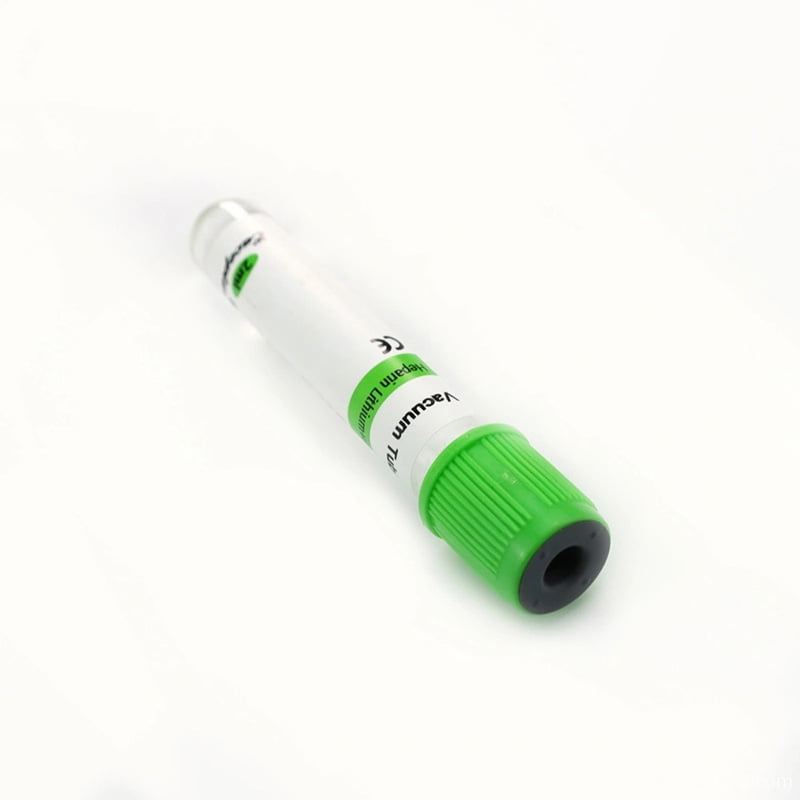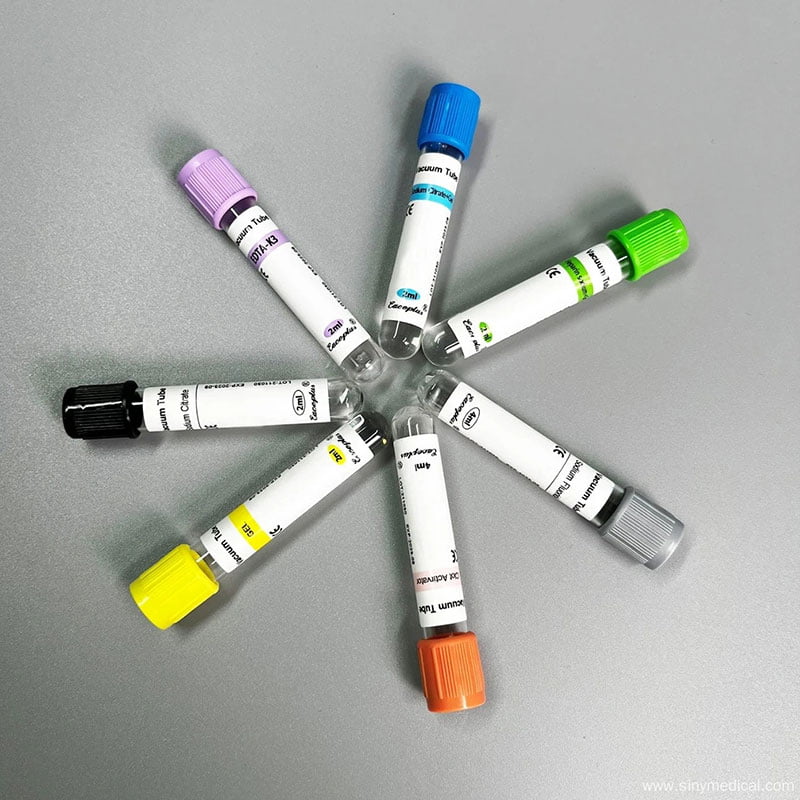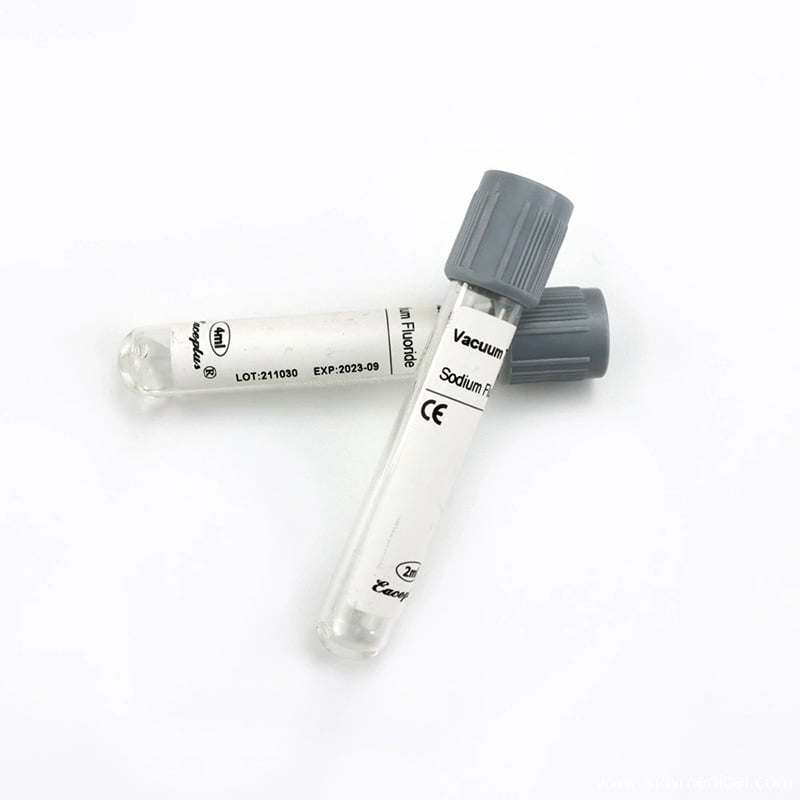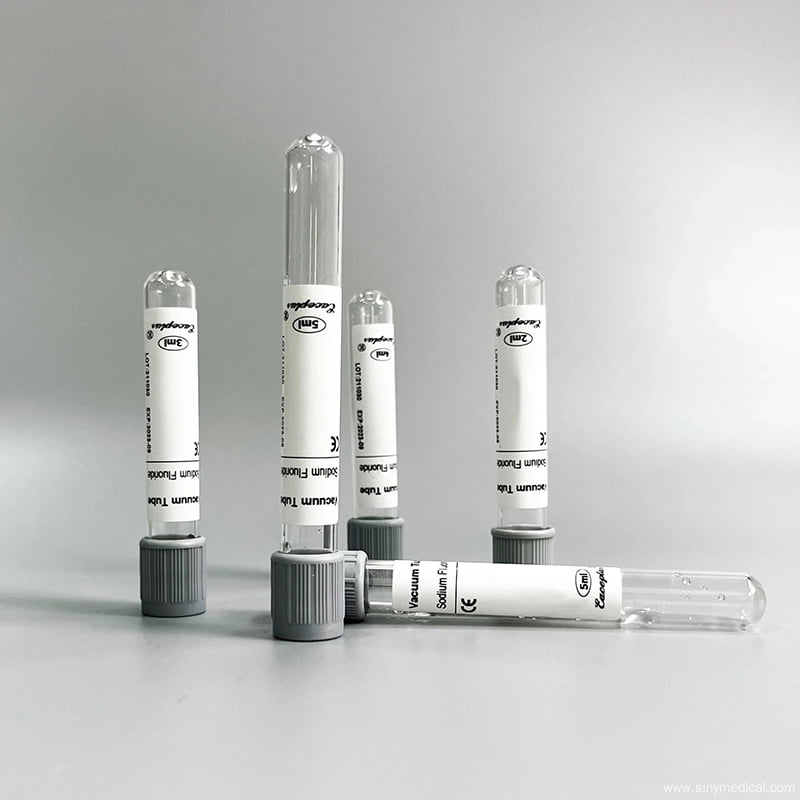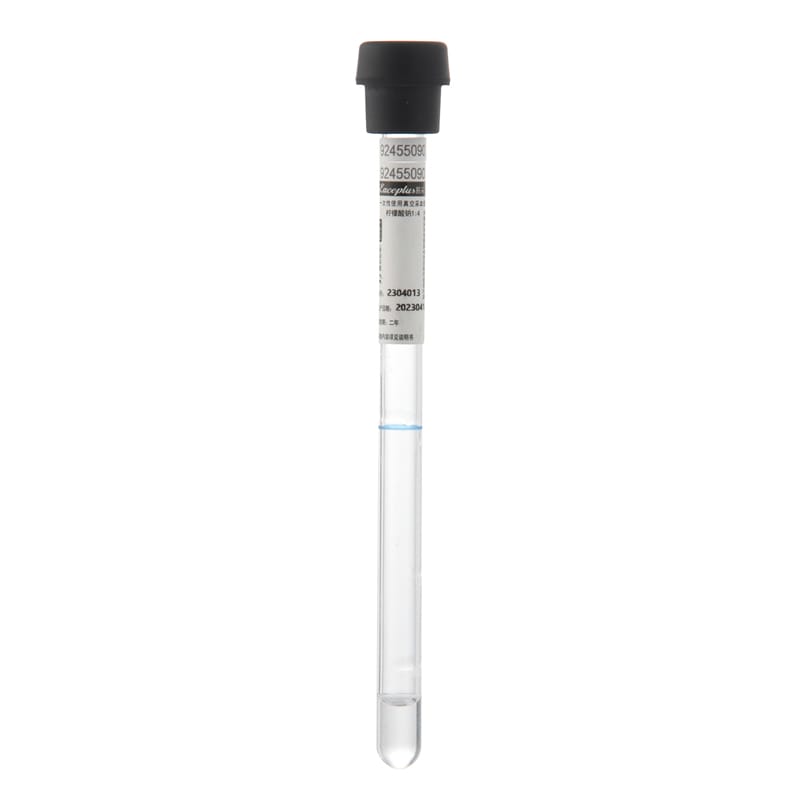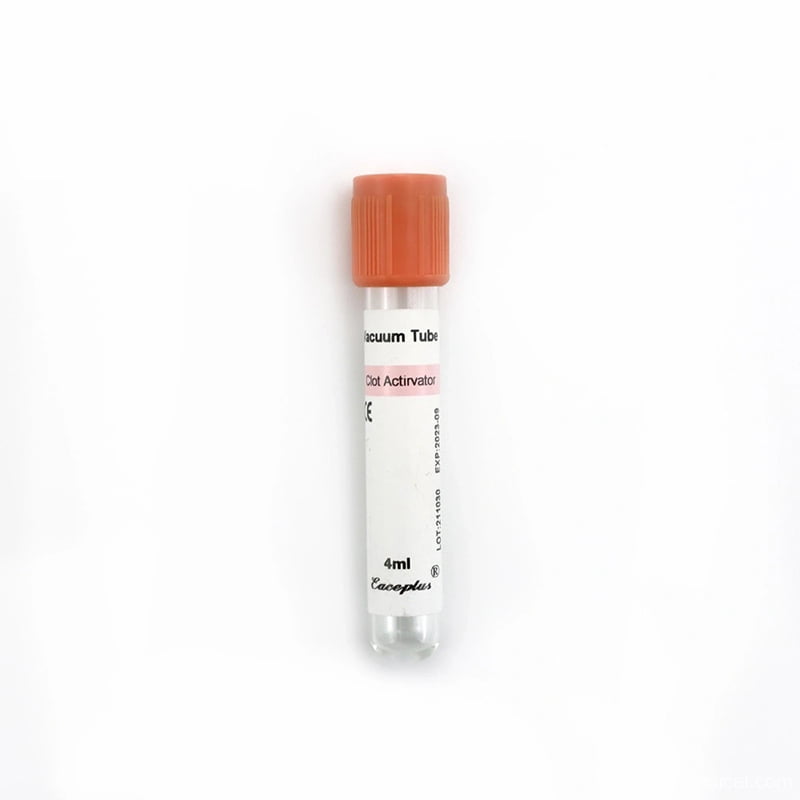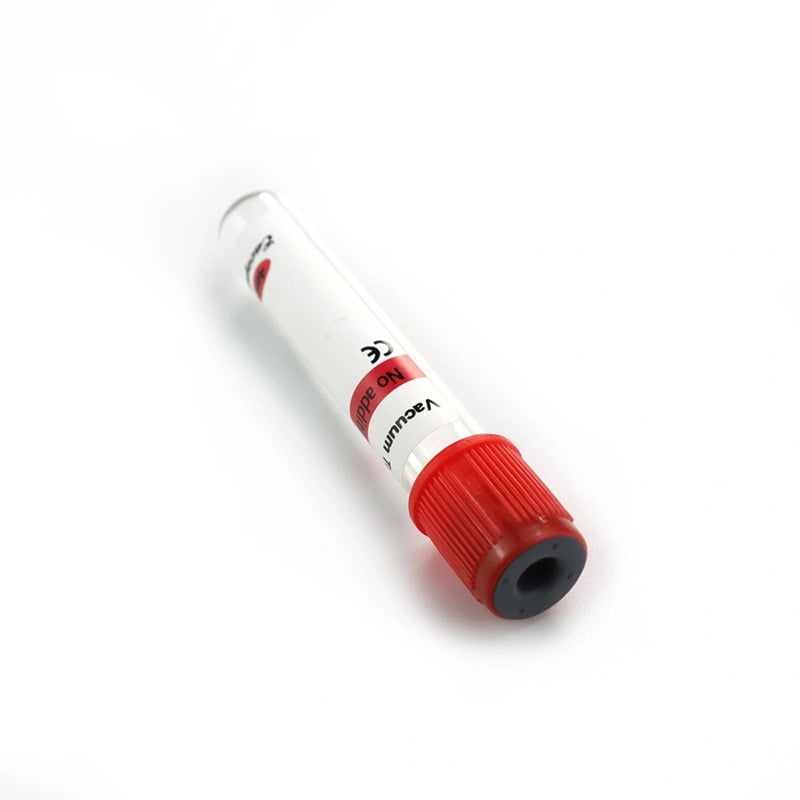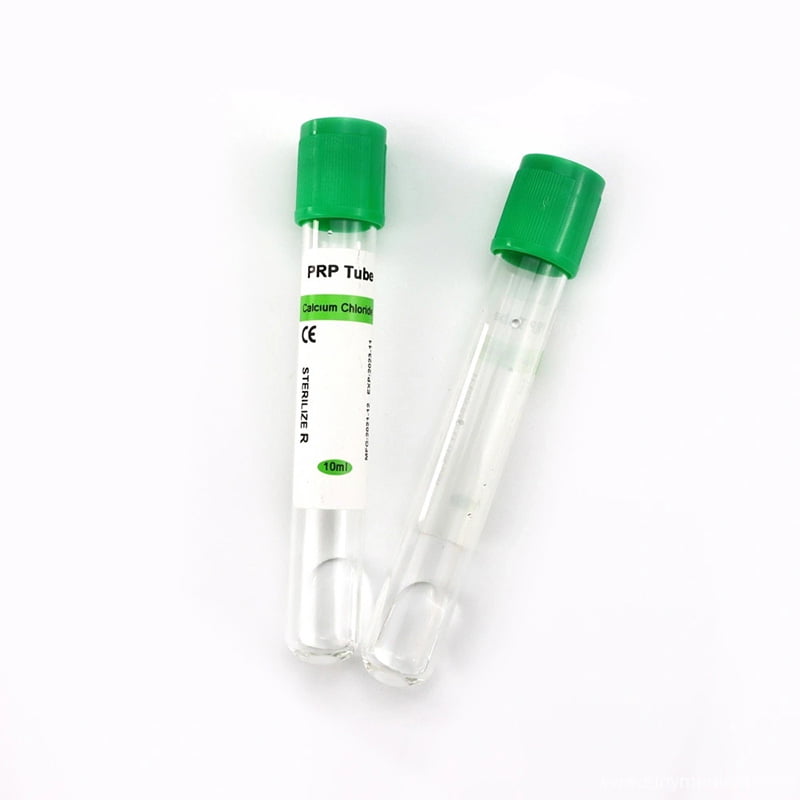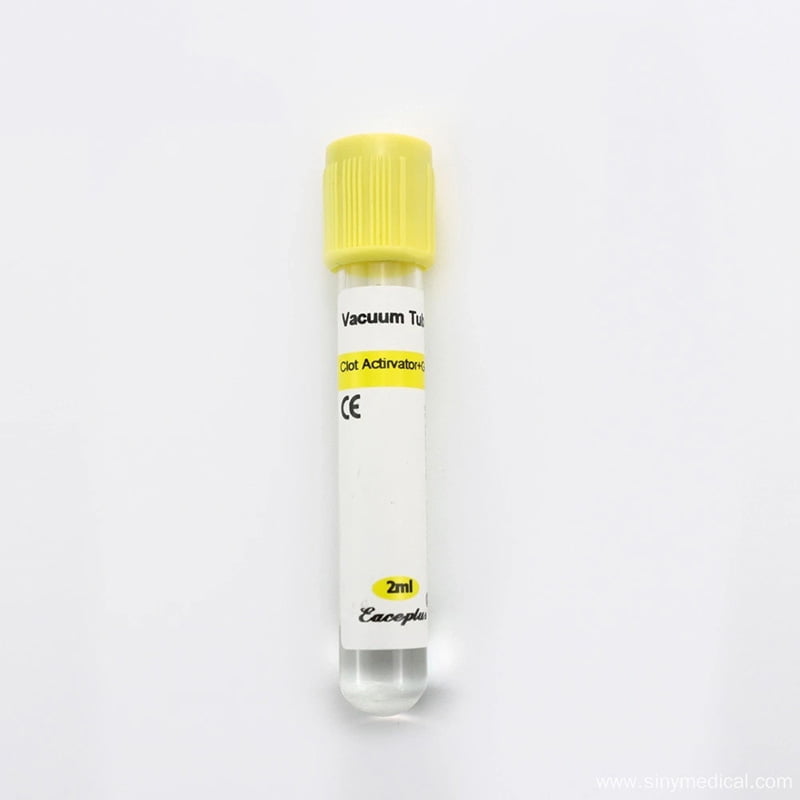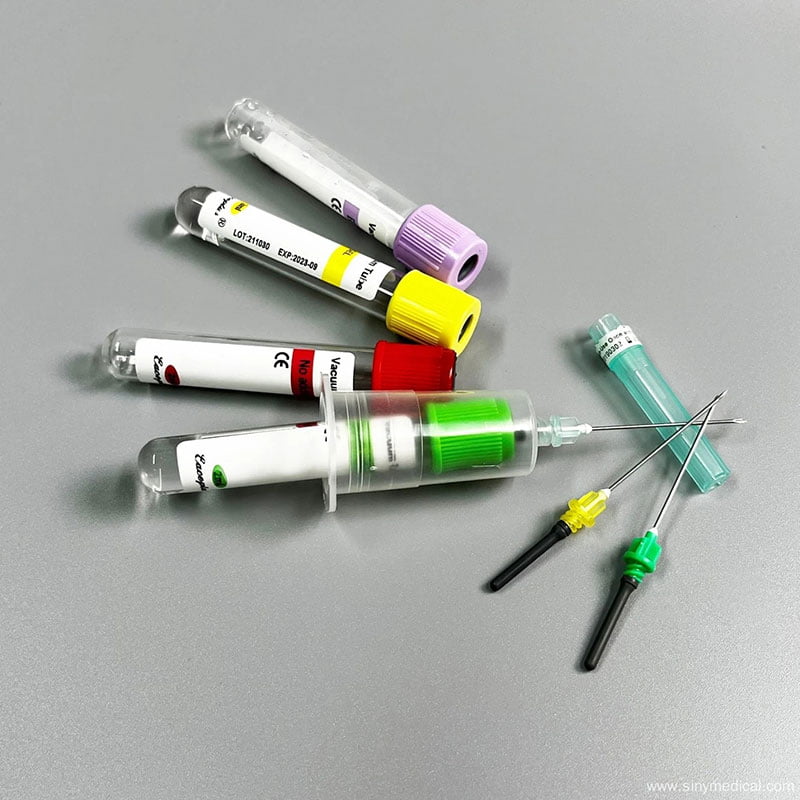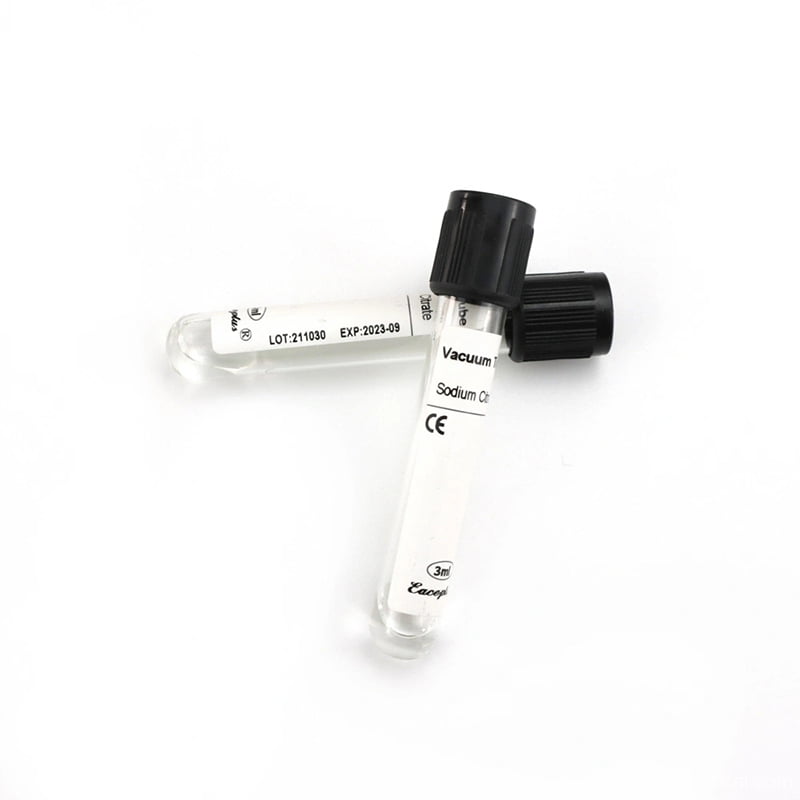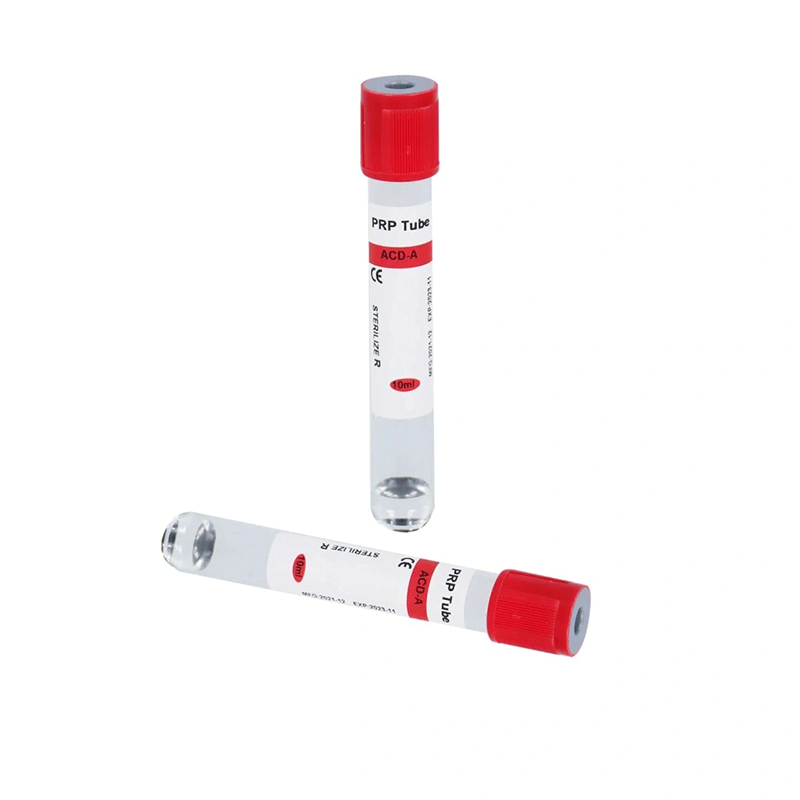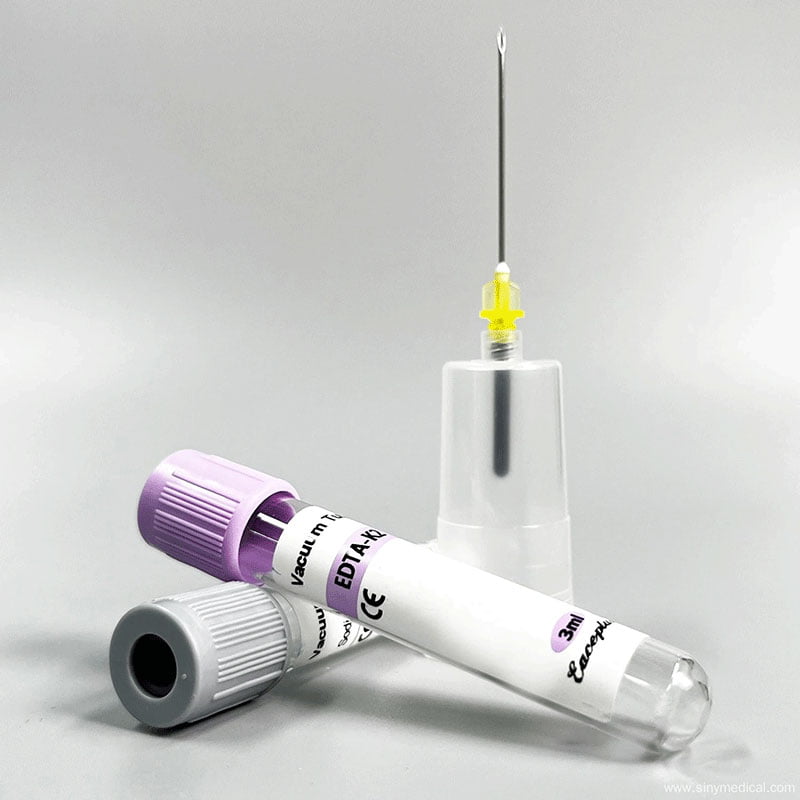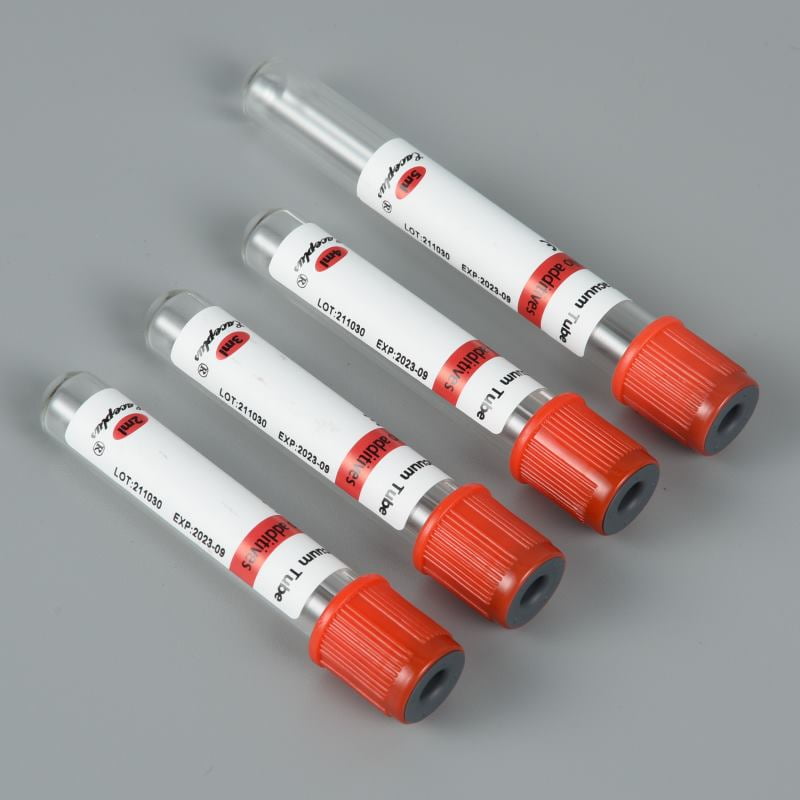A C‑PRF (Concentrated Platelet-Rich Fibrin) tube is a specially designed vacuum blood collection tube for producing liquid platelet-rich fibrin (also called liquid PRF or C‑PRF). By precisely controlling centrifuge settings and using a horizontal rotor, it concentrates platelets and white blood cells in the buffy coat layer. The result is a liquid, pre-gel PRF material ready for injection or microneedling. Clinicians use it in regenerative medicine, skin treatments, hair restoration, and sports medicine.
Table of Contents
What Is a C – PRF Tube?
Platelet-Rich Fibrin (PRF) is a second-generation platelet concentrate derived from the patient’s own blood. Unlike PRP (Platelet-Rich Plasma), PRF does not require anticoagulants or additives, making it a purely natural biomaterial.

A C-PRF tube is a specialized blood collection tube designed to optimize the centrifugation process, ensuring the highest yield of fibrin-rich platelets. These tubes are widely used in:
- Dental surgeries (socket preservation, sinus lifts, gum grafting)
- Orthopedic treatments (knee injections, tendon repair)
- Aesthetic medicine (skin rejuvenation, hair restoration)
For high-quality PRF tubes, explore Siny Medical’s PRF Tube Collection.
C-PRF Tube: Key Features
Name Meaning
- “C” stands for Concentrated, reflecting its ability to harvest higher platelet densities (5–10× baseline) compared to traditional PRF.
- Liquid Advantage: Unlike gel PRF, liquid C-PRF is injectable via needles (30–32G) or microneedling devices, enabling minimally invasive delivery.
How It Works
- Blood Draw: 9–10 mL of venous blood is collected into the tube.
- Centrifugation: High-speed spinning (3,000 × g) separates the buffy coat (platelet-rich middle layer).
- Liquid PRF Formation: The buffy coat remains liquid until injected, then rapidly forms a fibrin scaffold for cell growth.
For dental-specific C-PRF tubes, see 10mL C-PRF Tubes for Dental Use.
Tube Material and Surface Treatment
Body Material
- Medical-Grade Polypropylene: Withstands forces up to 4,000 × g without deformation.
- Sterility: Pre-packaged under vacuum to prevent contamination.
Inner Coating
- Micro-Pore Treatment: Enhances fibrinogen adhesion for optimal clot formation.
- Sodium Citrate Layer: Prevents premature clotting during centrifugation but allows rapid gelation post-injection.
Explore 8–15mL I-PRF Tubes for versatile applications.
Centrifugation Principle and Settings
- Layering Process: In a horizontal centrifuge, blood separates by density: red cells settle at the bottom, plasma rises to the top, and the middle 1–2 mL (the buffy coat) contains most platelets and white blood cells.
- Recommended Settings:
- Speed: 3,000 × g (about 4,000 rpm, depending on the machine)
- Time: 8 minutes
- Temperature: Room temperature (20–25 °C)
Run a small trial first to adjust settings for your equipment and tube batches.
Growth Factors & Clinical Benefits
Key Growth Factors Released
- PDGF (Platelet-Derived Growth Factor): Stimulates fibroblast proliferation.
- VEGF (Vascular Endothelial GF): Promotes blood vessel formation.
- TGF-β (Transforming GF-β): Boosts collagen synthesis.
Clinical Applications
- Skin Treatments: Inject or microneedle to reduce fine lines, improve skin tone, and boost collagen.
- Hair Restoration: Combine with scalp microneedling to enhance follicle health and increase hair density.
- Sports Medicine & Orthopedics: Inject into joints to ease pain and support cartilage repair; inject into tendons or ligaments to encourage healing.
- Chronic Wounds: Apply or inject directly to non‑healing wounds to accelerate closure and lower infection risk.
- Dermatology: Improves skin texture, reduces wrinkles, and treats scars (PRF for Skin Rejuvenation).
- Orthopedics: Accelerates joint/tendon healing (10mL PRF for Knee Treatment).
Step-by-Step Procedure
- Blood Draw: Collect 9–10 mL of blood under sterile conditions and place the tube in the centrifuge immediately.
- Centrifuge: Spin at 3,000 × g for 8 minutes in a horizontal rotor. Do not use the brake to avoid mixing layers.
- Extract Middle Layer: Use a sterile syringe to draw out 1–2 mL of the buffy coat.
- Apply: Deliver with a 30–32 G needle or a 0.5–1.5 mm microneedle device.
Safety and Precautions
- Maintain Sterility: Wear gloves and a mask to prevent contamination.
- Use quickly: Apply within one hour to preserve platelet function.
- Follow Settings: Speed and time affect how well platelets concentrate. Always verify with a trial run.
- Adjust for Patients: Different patients have different platelet counts. Use blood test results to refine your protocol.
Summary
By using high‑speed horizontal centrifugation and targeting the buffy coat, C‑PRF tubes deliver a liquid form of PRF with powerful regenerative potential. As centrifuge technology and tube materials improve, C‑PRF will play an even larger role in nerve repair, cardiovascular regeneration, and other personalized medical treatments.
For FDA-compliant C-PRF tubes, browse Siny Medical’s Catalog or explore SinyPRP’s Products and watch Siny Medical’s YouTube Tutorials..
FAQs
Q1: How soon after centrifugation should I use the C‑PRF?
Use within one hour of centrifugation to ensure maximum platelet activity and growth factor release.
Q2: Can I mix C‑PRF with other fillers or medications?
Yes. You can gently combine C‑PRF with bone grafts, hyaluronic acid, or other approved substances before application.
Q3: Is specialized equipment required?
You only need a horizontal centrifuge capable of 3,000 × g and standard medical supplies such as 30–32 G needles or microneedle devices.
Q4: Are there patient restrictions?
Patients with blood disorders or on anticoagulants may need customized protocols. Always review blood counts and medical history before use.
Q5: How does C‑PRF differ from PRP?
C‑PRF uses a liquid fibrin network and captures more white blood cells and fibrinogen, offering a scaffold that PRP lacks.
Q6: Can C‑PRF be stored?
No. C‑PRF should be used immediately and not stored, as delays reduce growth factor activity and cell viability.

